IP (intellectual property) law explained:
Basic principles of trade marks, copyright, patents and designs
Despite the unquestionable importance of intellectual law property rights (IPR) in the modern world of business and commerce, people still sometimes struggle to understand the differences and nuances of the different types of intellectual property. Many a legal practitioner has heard some variation on the phrase “How do I go about getting copyright for my trade mark?” from a client. To that end, we will briefly discuss the different IPR’s, how they overlap and their uses in commerce.

Trade Marks
The most prolific form of IPR, trade marks primarily serve as a badge of origin, indicating to a consumer that the goods they have purchased have originated and are guaranteed by a particular trader. In this way, each trader can ensure that their particular goods are connected with them in the course of trade and consumers will be able to distinguish their goods from those of their nearest competitors.
Trademarks act as the hallmark of a business and are often filed to cover the name of the business (e.g. Coca Cola), as well as its logo (e.g. the golden McDonalds “M”) and slogan (e.g. Nikes “Just do it”). Used in this manner, trademarks are inextricably linked with the goodwill or werfkrag that a business generates and can best be described as the impression a customer has of a business when their name is seen or heard.
Copyright
A form of intellectual property that is frequently confused with trademarks. Copyright at its core gives the holder thereof just that: the exclusive right to make copies of a creative work, for a limited time. That “work” may be anything from a romance novel to a computer programme designed to predict weather patterns. A copyright IPR gives the copyright owner a set window of time to exercise full control over the exploitation of their work. They may then license or sell their copyright to whomever they choose.
A further distinction between copyright and trade marks is how they are protected. Trademarks (as well as patents and designs) must be applied for at the Trademarks Office in South Africa, whilst copyright protection will generally vest immediately in the author or creator of the work, with a few exceptions, provided that the work is original (not copied from elsewhere) and has been reduced to material form (it has been written down or drawn).
Patents and Designs
Lastly, we come to patents and designs, the IPR’s that protect inventions which are new, inventive and useful. Much in the same way that copyright gives the holder thereof the right to exclude others from reproducing their work without authorisation, so too do patents give their holder the right to exclude others from making, using or selling their invention without authorisation, for a limited time. Designs operate in much the same way as patents, except that patents protect the technical features in an invention and designs protect the appearance of the particular article. Designs are therefore sometimes referred to as “petty patents”.
Different forms of IPR may be embodied in a single place: imagine a new cell phone. The name of the product and the company will be trademarks, the user’s manual will be covered by copyright, patents will protect any new innovation the phone may have and design protection will be applied to any decoration/ornamentation of the package the phone comes in or the shape of the phone itself. In this way, the various IPR’s may be seen as both distinct and complimentary.

